
The last column Handloader No. 325 (April-May 2020), began with an introduction of rifle cartridge case qualities and concluded with tables of measured brass hardness from the solid web section of cases. Tests for this current issue involve a measure of brass hardness at three regions of fired cases to reveal how much brass progressively hardens with repeated firings and reloadings. For this, I enlisted the services of the accredited and certified Curtiss-Wright IMR Test Labs (no connection to IMR powders) in Portland, Oregon, for independent results.
During this testing process with IMR Labs, I realized that the numbers reported in the last column were low. First, I had not applied a small but necessary correction factor to cylindrical samples on a V-block. Second, even though I had seen others do it, I found that the band of relatively solid brass in a case head is too narrow for reliable results from the side of a case. The distance between the bottom of a primer pocket to the powder column space is only .060- to .080-inch thick.
Readings from the side of a case are easily influenced by the precise location of the indenter. One hundred kilograms of force (220.46 pounds) on a 1⁄16-inch penetrator ball is a lot (Rockwell B test), and if it is applied over the void of a primer pocket or powder space it gives an erroneous result. It is regrettable that I made the error. At this point, all I can do is correct it and apologize to readers and to Wolfe Publishing Company.
Esta historia es de la edición June - July 2020 de Handloader.
Comience su prueba gratuita de Magzter GOLD de 7 días para acceder a miles de historias premium seleccionadas y a más de 9,000 revistas y periódicos.
Ya eres suscriptor ? Conectar
Esta historia es de la edición June - July 2020 de Handloader.
Comience su prueba gratuita de Magzter GOLD de 7 días para acceder a miles de historias premium seleccionadas y a más de 9,000 revistas y periódicos.
Ya eres suscriptor? Conectar

OEHLER's New System 89 Chronograph
Measuring Bullet Performance Downrange
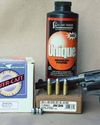
The Problem with Low Pressure Loads
Bullets & Brass
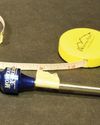
Measurements for Rifle Handloading
Handy Techniques for Accurate Ammunition
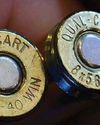
THE BRASS RING
In Range
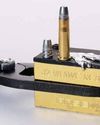
Semi-custom Bullet Moulds
Mike's Shoot in' Shack
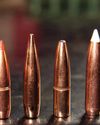
REVISITING THE 6.5 -06 A-SQUARE
Loading New Bullets and Powders
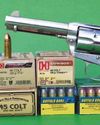
Cimarron Stainless Frontier .45 Colt
From the Hip
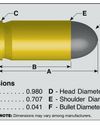
9x18mm Makarov
Cartridge Board
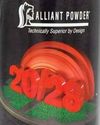
Alliant 20/28
Propellant Profiles
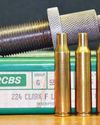
.224 Clark
Wildcat Cartridges